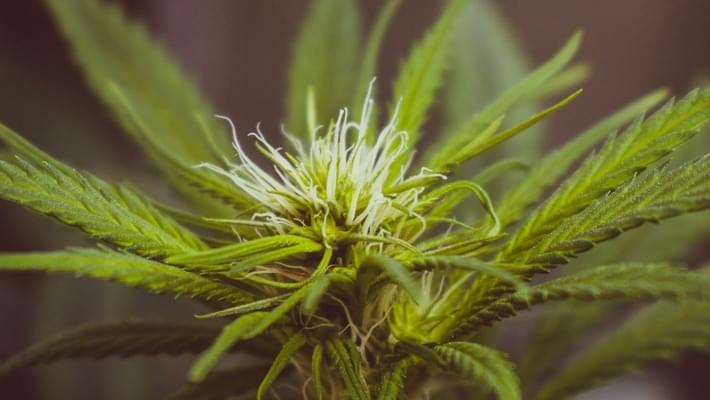
Growing 101: How to Harvest for the Best Yields
Published on 8/22/22
If you have gone through the process of picking out seeds, planting and carefully cultivating them, and finally seeing them grow into big beautiful buds, you know the joy that is harvest season. Harvesting weed is easier said than done, a reflection of how sensitive cannabis plants can be even if they are strong enough to take you to the moon. If you are wondering how to tell if your plant is ready to harvest and how to get the most out of each harvest session, you are not alone. Even the most experienced growers can struggle during the harvest session, even when growing some of the best strains on the market. Here's what you need to know in the process of how to harvest weed.
Phases
Cannabis plants can be tricky because they respond to a particular schedule during the harvest phases. Within the first week, plants will germinate, going from seed to small greens. Next, the seedling phase lasts another two to three weeks, giving the little plant time to grow strong enough to pop out of the dirt and face the sun. Over the next two weeks to two months is the vegetative phase, when it will grow into the plant we all know and love. Next, two weeks of pre-flowering set up the flowering phase, which usually lasts two months. Then, you are ready to harvest weed.
Harvest Time
 Unsplash
UnsplashWhat does the harvest phase of cannabis entail? If you are wondering how to harvest weed step by step, start with drying. You want to trim weed plants, so the branches are smaller, making the drying process easier. Cutting your plant into small sections, then hanging them up to dry in a dark place over the span of two weeks dries out bud and makes it smokable.
Drying is a crucial part of the harvesting process because wet cannabis is difficult to smoke and can develop mold. However, drying too quickly or too extensively makes bud harsh and unpleasant to smoke. Curing follows drying, although curing is not always necessary. Some stoners swear by curing, claiming that it boosts the flavor of your cannabis. Others, by contrast, say that it is just one more step that takes up time in a relatively long process. If you choose to cure, seal cannabis in a closed jar (like a mason jar) with temperatures between fifty and sixty degrees
When to Go
When is weed ready to harvest? As with many things in life, it is less a science than an art. However, one key factor is the trichomes, the fine hairs that extend outwards from the bud, giving color, taste, and texture to the cannabis. If you leave the harvest too late, the trichomes fall off the cannabis, leaving you without any of that lovely THC or CBD that makes growing worthwhile.
The key to when to harvest weed lies in color. No matter the color of the trichomes - whether they are purple or white - they will turn brown if left too long. A few brown trichomes are okay, but too many means you have waited too long. Some growers recommend harvesting once half of the trichomes have turned from clear to opaque (cloudy). Generally speaking, the day you harvest is more important than the time of day. Still, the best time of day to harvest marijuana is during the early morning because a warmer day means consistency in drying.
Boosting Yields
Everyone wants to get the most bud out of their cannabis plants. There are many tips and tricks, large and small, during the harvest phase. Generally speaking, you want to do the most work before the harvesting session: monitor pH, adjust lighting, add fertilizer, etc. However, there's work you can do during the harvest phase to boost yields.
Start by creating consistency across all aspects of your harvest process. Do your best to harvest as many plants as possible on the same day, if possible at the same time, so that you do not leave any behind. Next, ensure that the drying and curing area is not subject to temperature, light, and humidity fluctuations. Set up your drying space before the harvest phase and test it methodically to make sure there are no leaks or profound changes. Finally, keep a weed journal of all information, processes, and successes so that you can check what has worked and what has not. This will allow you to get the most out of each plant without running the risk of coming up short.
Then, of course, it is time to smoke what you have harvested. This is the most important harvest phase of all since it is the reason for growing in the first place. Check for taste, impact, and harshness, and take note of what to change for next time.
Do you grow your own cannabis? How have you found particular methods to help to create better bud? Let us know in the comments below!
